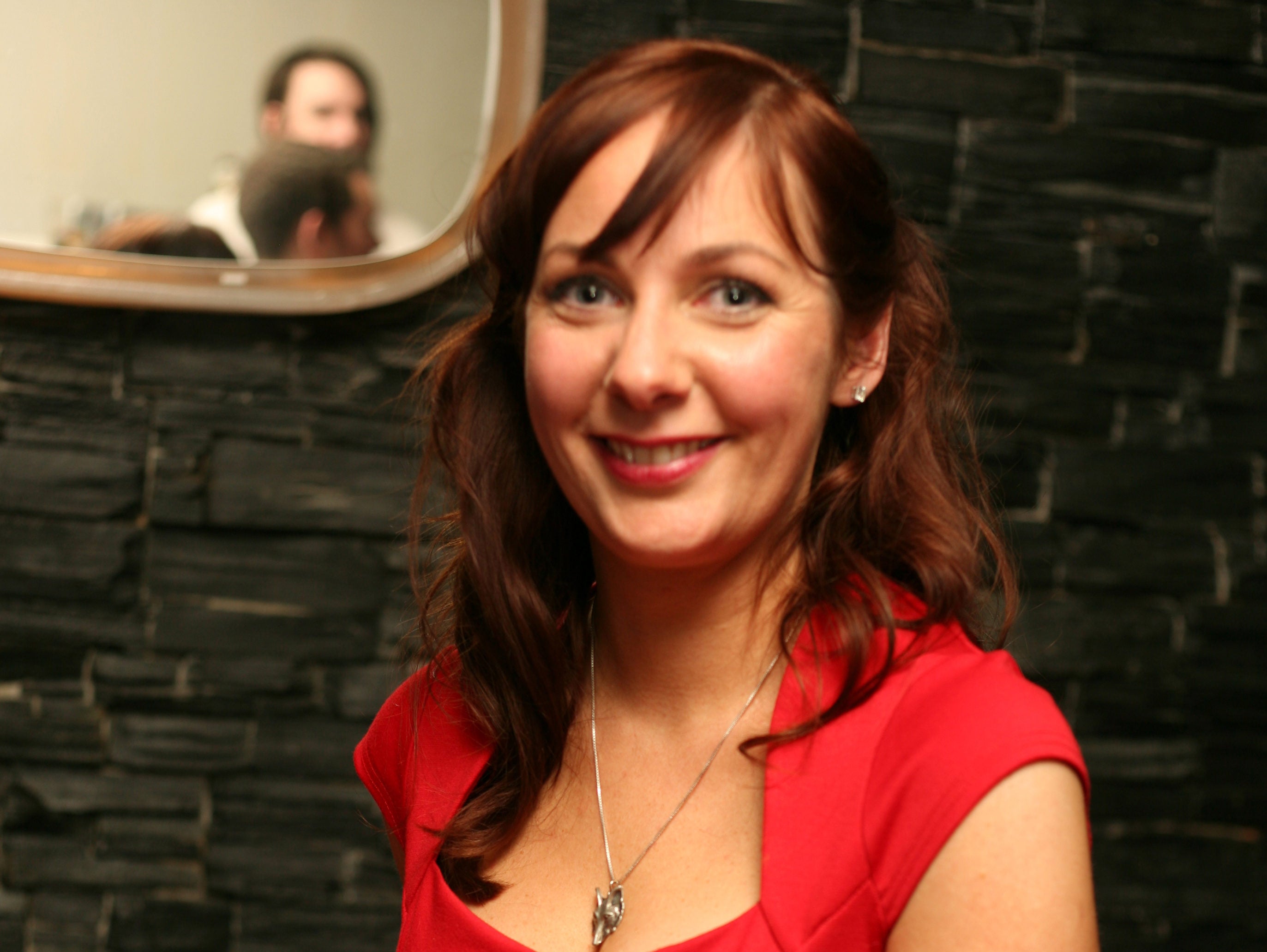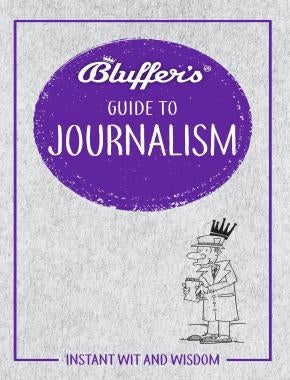
Susie Boniface, aka Fleet Street Fox, was just 12 when she read the first bluffer’s guide to journalism – a Christmas present from her mother – and now, 30 years on, she’s written one herself.
The process of condensing the entire history of journalism – spanning the invention of the printing press to the phone-hacking scandal – into 25,000 words within ten weeks left her “weeping blood”, she told Press Gazette.
But the result is the Bluffer’s Guide to Journalism, out today.
Boniface said she had “devoured” Nigel Foster’s original Bluff Your Way in Journalism, published in 1988 with a whiskey bottle on the cover, after being captivated by reports of the fall of the Berlin Wall and declaring that she was going to be a journalist – a week earlier it had been a fighter pilot, but this one stuck.
After bluffing her way as a teenage “stringer” for various titles, she got her first paid reporting job aged 18 on the Kent and Sussex Courier and, over a career spanning two decades, has since written for a number of national titles.
‘Most of journalism is bluffing’
She won renown as anonymous media blogger Fleet Street Fox, unmasking herself in 2013 with the publication of her first book The Diaries of a Fleet Street Fox (she also wrote last year’s A Bluffer’s Guide to Social Media).
For her update to Foster’s book, Boniface, 42, said she wanted to write something that would help convince young journalists, or people thinking about getting into journalism, that they could do it and show them how.
Although she said journalism was something you can “only learn by doing”, she added: “Most of journalism is bluffing. They are the finest bluffers.”

Boniface’s book is published at a tough time for the news industry as readers migrate from print to digital, where the likes of Google and Facebook dominate the advertising market.
Threats to journalists are also on the rise globally as Donald Trump decries the so-called “fake news media” and last year 80 journalists were killed for doing their jobs, according to one estimate.
“I wanted to include the fact that people do get killed doing this job,” said Boniface.
But, she added: “I was trying to make sure that all the points that needed to be made were being made, but so that people were still inspired to be a journalist without being too miserable or down about it.”
‘Journalism in its fundamentals is the same’
While Foster’s book complained about the new technology of the 1980s – computers, floppy disks and fax machines – today it is the internet, mobile and social media that is impacting the journalism industry.
But, said Boniface: “Journalism in its fundamentals is exactly the same. It’s just a way of organising gossip – things you don’t know and things you are interested in about other people.”
“I don’t think it has changed at all, it’s just the method in which you deliver it that has changed,” she added.
“Now you have an algorithm to organise it rather than an editor’s whim. That’s probably for the best because an editor’s whim moved from one day to another.
“There are more people reading the printed word nowadays than at any point in human history. We are better connected and better informed than we have ever been.
“We are getting news to people quicker and around the world faster. There are more demands for journalism, but more difficulties too.”
She added: “Anyone can say they are a journalist if they have been published in a journal, but it doesn’t mean they are a trained journalist or that they know what they are doing.
“What makes you a great journalist is getting it right every day and not getting sued.”
Boniface said journalists who can figure out the new “organic” model for journalism – as opposed to the old “linear” model – and get it right will be able to access more readers than any journalist before them.
She added that if Charles Dickens and Samuel Pepys were alive today, they both would be on Twitter.
As for her own tips for journalists, Boniface said they should take self-defence classes – “because the most danger you will be in is when you are knocking at someone’s door and no-one is watching your back”.
She added: “If your instincts tell you to get out of somewhere, listen to them because your instincts are always right.”
Two halves of the brain: journalist and normal human
She also said you “have to maintain a balance” between the two halves of your brain – the half that is a journalist and the half that is a normal human being.
“If one half starts taking control over the other half, that’s when you have problems,” she said.
“Either you become too soft and empathetic and lose the steel you have to have to go marching up to someone’s door and ring the doorbell.
“Or you get too steely and too tough and that’s when you start hacking a dead girl’s phone. And that’s the difficulty.”
If she could speak to her 12-year-old self, sat reading Foster’s first bluffer’s guide to journalism and dreaming of reporting, Boniface said she would tell her to say “no” to more things.
“When you start out, you are super keen to impress but you probably need to say ‘no’ more often.
“I would tell her that you can spend your whole life saying ‘yes’ to people, but it’s the things you say ‘no’ to that matter the most,” she said, giving the example of a news boss who tells you to “make up a story”.
“It’s the things you say no to which define the kind of journalist you are.”
But, she added: “You have to say no to the right things, at the right time – you don’t have to say no to everything.”
Bluffer’s Guide to Journalism by Susie Boniface is out now, published by Haynes. You can buy a copy here.
Email pged@pressgazette.co.uk to point out mistakes, provide story tips or send in a letter for publication on our "Letters Page" blog
